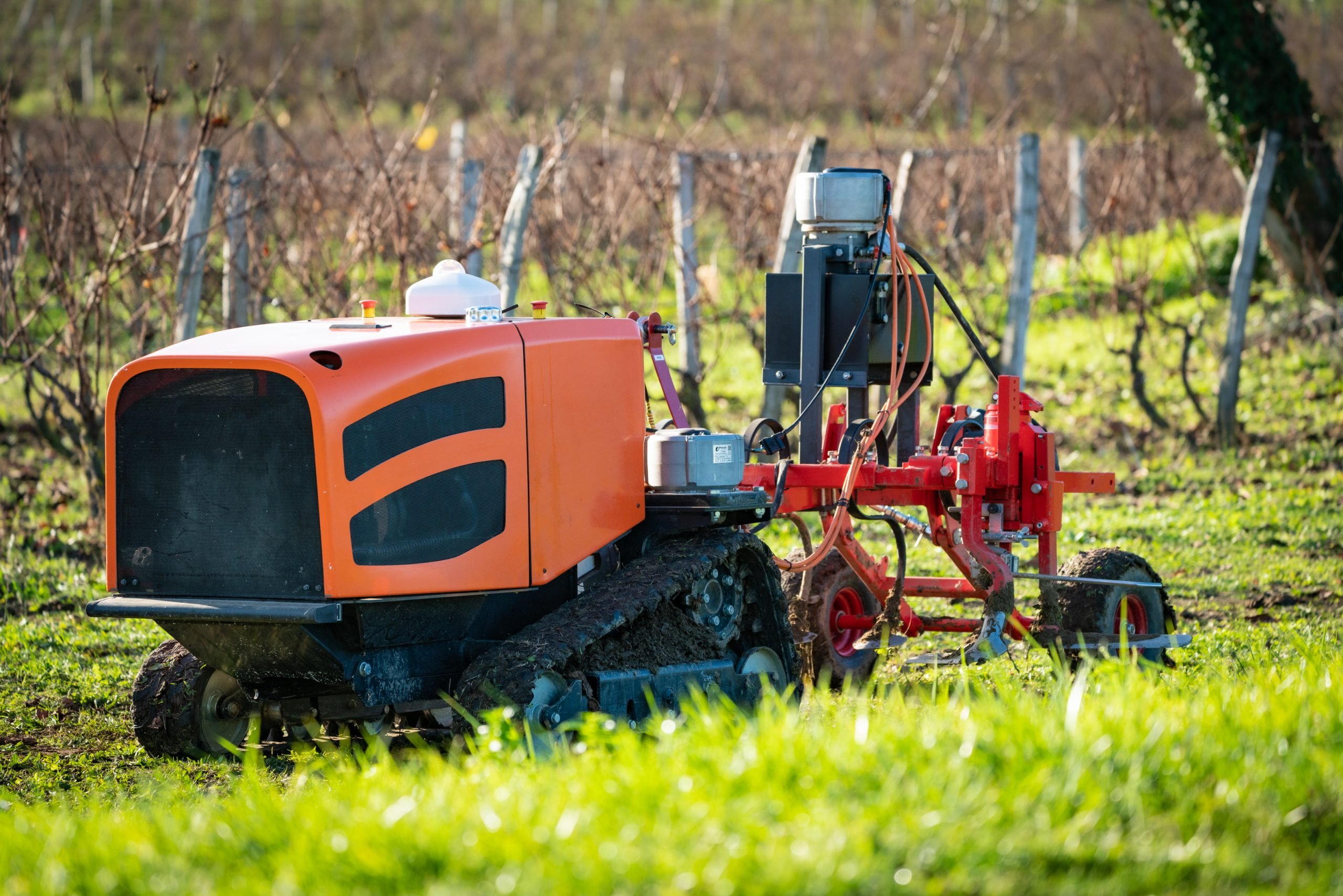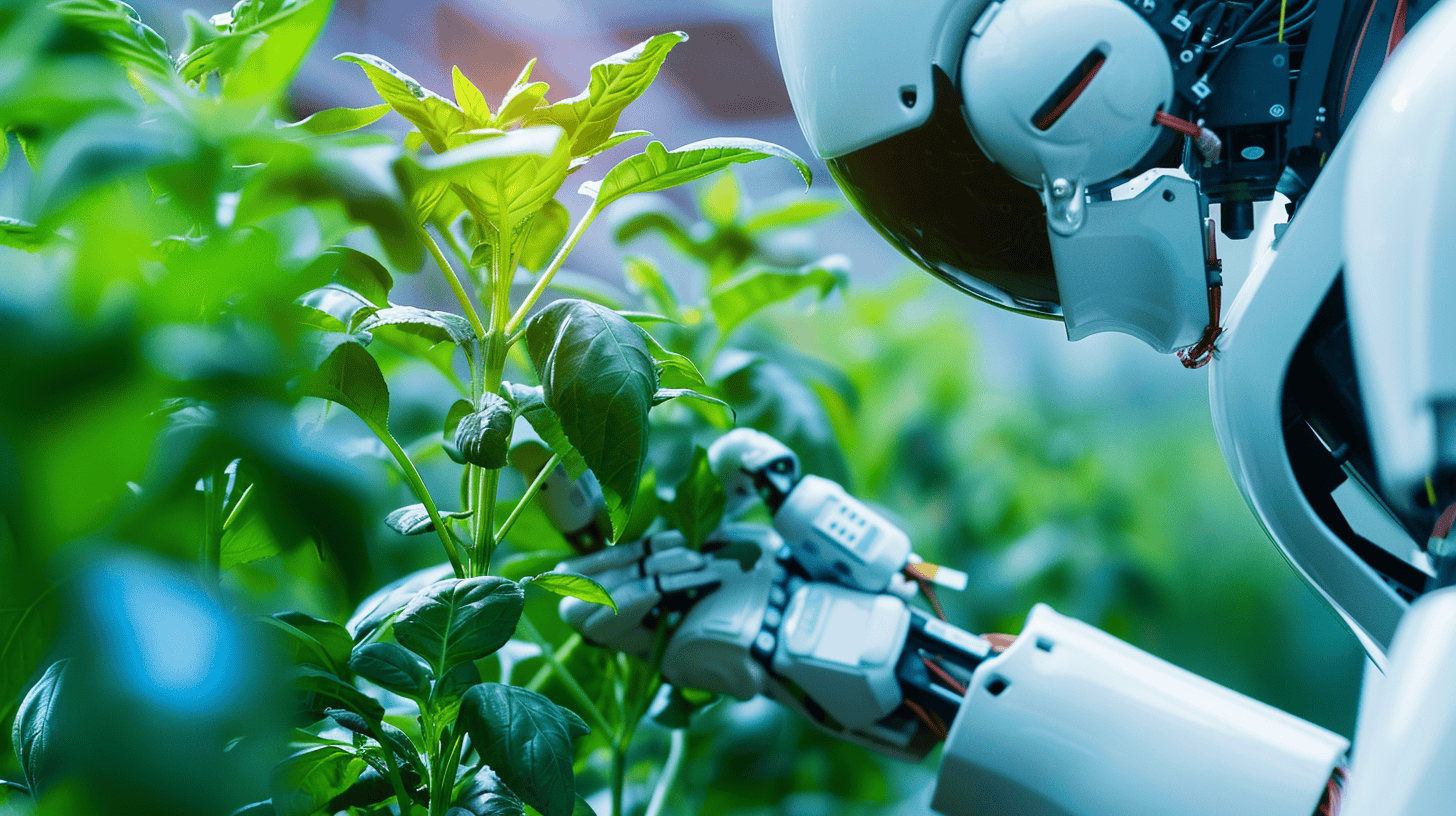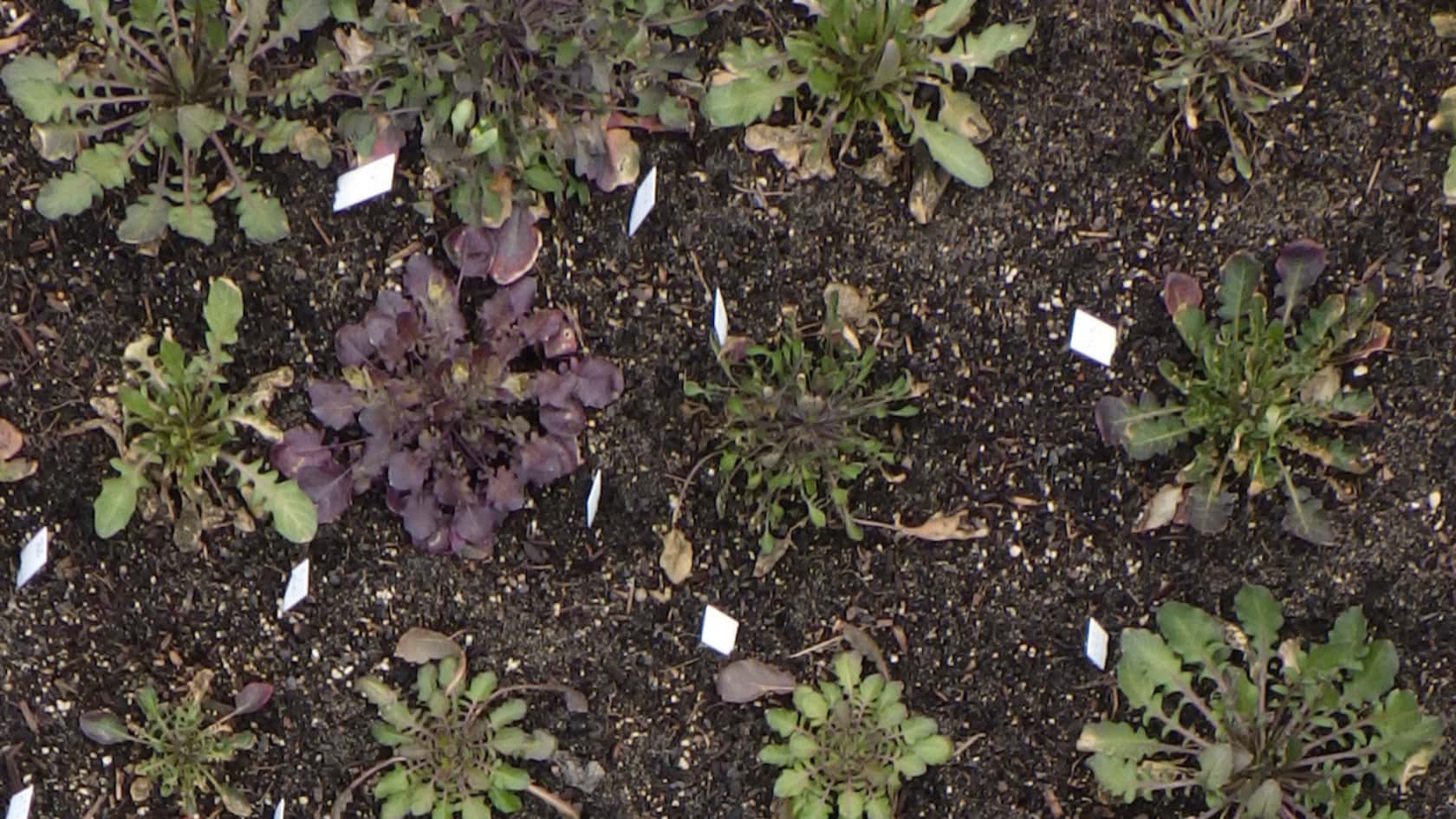
An autonomous intelligent robot equipped with laser vision might be the solution to killing weeds amongst crops without the need for herbicides. This is part of the goal of WeLASER, an EU-funded project that is looking to “develop a non-chemical solution for weed management based on pioneering technology.”
The use of herbicides has many unwanted side effects, such as destroying non-targeted plants, killing insects that are beneficial for the soil and causing environmental damage. Not to mention that they are harmful to the health of humans and animals as well. Therefore, taking herbicides out of weedkiller equation can bring numerous benefits to crops.
WeLASER proposes to do this by bringing an AI autonomous robot with intelligent vision capable of distinguishing weeds from crops. The bot would then use a powerful laser to both kill them and prevent their spread. This offers a sustainable alternative to the use of herbicides, i.e. weedkillers.
The initiative is being coordinated by researchers from the Spanish National Research Council (CSIC). The team is completed by scientists from Agreenculture SaS (France), Futonics Laser GmbH (Germany), the Institute for Ecology of Industrial Areas (Poland), Laser Zentrum Hannover (Germany), the University of Bologna (Italy), the University of Copenhagen (Denmark), the University of Ghent (Belgium) and Van den Borne B.V. (the Netherlands).
A team from the Centre for Automation and Robotics, a joint center of the CSIC and the Polytechnic University of Madrid (CAR-CSIC-UPM) is set to develop the prototype. Innovation Origins talked with Pablo González de Santos, a member of CAR-CSIC-UPM and the project coordinator, about the proposed technology and how it works.
The Robot
“The autonomous robot is nothing more than a mobile platform to move the weedkiller system through the crop. This system is made up of a high-performance laser source, which is basically an extension of those used in the medical field. The laser ray that is generated is focused on the plant’s meristems long enough to burn these and within a short time also kill it off that way.”
The meristems are sensitive parts of plants that allow them to grow. Consequently, focusing the laser on these spots will prevent weeds from spreading in agricultural crops where otherwise they would decrease the yield due to their ability to spread and their hardy persistence.
“A precision scanner will be developed so that the laser beam can zero in on the meristems. The meristems’ positions will then be determined with the help of an intelligent vision system. This system takes photos of the crop. With the use of artificial intelligence techniques, it will identify the crop plants from the actual weeds, and, finally, the position of each weed’s meristem by using artificial intelligence methods.”
He added that “by focusing directly on meristems and not using herbicides or weedkillers, this technique provides a clean solution to the problem of eradicating weeds and will help significantly reduce chemicals in the environment. Agricultural productivity can be increased this way while at the same time achieving greater levels of environmental sustainability and improving the health of animals and humans.”
González de Santos also said that the robot should work for any kind of crop. However, he did say that different harvests have different characteristics and that the system would have to be adapted. “Not for each crop, but for each crop group,” he explained.
The WeLASER’s project will focus on sugar beet (a value-added product in Europe), as well as wheat and corn that are also two strategic crops in the EU. The Spanish scientist said that if time and money allow for it, the team will also test the system on carrot and potato crops.
When asked about the robot’s margin of error, he explained that the system would not be 100% effective. The team has identified that the robot will be capable of identifying at least 90% of weeds and meristems, have an accuracy of more or less 1.5 mm in area, and will irradiate 90% of the meristems detected, which will in turn destroy approximately 90% of the plants that have been irradiated. Based on this, he concluded that “the efficiency of the complete system will therefore be around 65.61%.”
The Project
WeLASER is a 3-year project financed by the EU within the Horizon 2020 program and with a budget of €5.4 million, of which the EU contribution amounts to almost €5 million. The program was launched in October 2020, and the scheduled end date is September 30, 2023.
The CSIC researcher told IO that some of the team members have over 30 years of experience in robotics and 10 years in agricultural robotics. He also mentioned that taking part in WeLASER is the scientist behind the PHEA Project. This was another EU-funded initiative that looked into minimizing the use of herbicides in agriculture through the use of robots. “At the end of that project, we realized that the ideal is not to minimize the use of herbicides but to completely eliminate them. So, we proposed the possibility of developing a robotic system that would get rid of weedkillers using a laser source as an active means of destroying weeds.”
During the next three years, the focus will be on creating the system further as a whole. The prototype will run on diesel to do this. After all of the hardware and software are completed, the second phase of the project will switch over the platform into 100% electric. Following this, the system should be completely sustainable and ready for commercialization.







